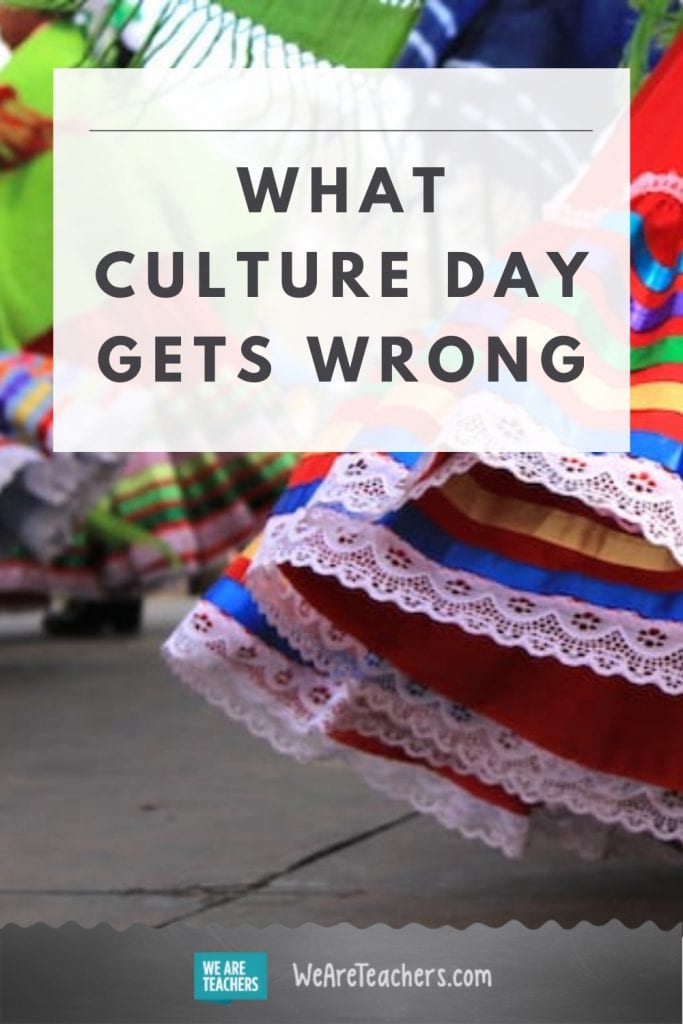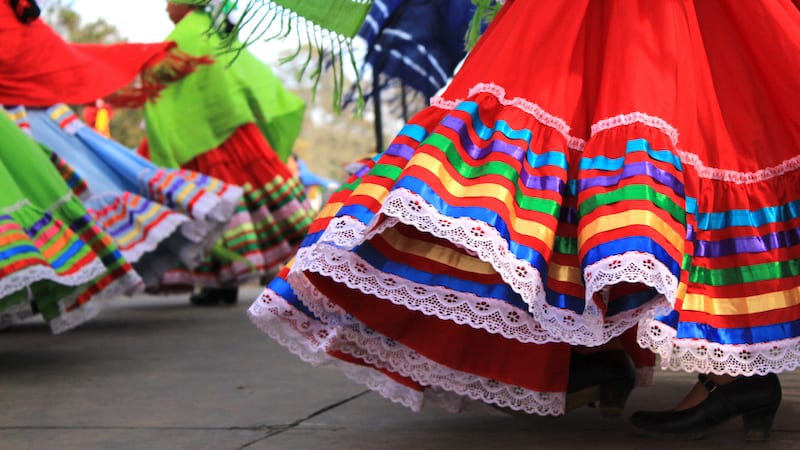It’s a time-honored school tradition—a day of food and fun celebrating all the cultures represented at your school. Mexican folkloric dance! Korean hanbok fashion show! Spanikopita taste-testing! Unfortunately, however well-intentioned, Culture Day is a misguided effort. And, as you’ll see, these events often have the opposite of their intended effect.
I say all this acknowledging that I’ve participated in plenty of culture fairs at school. I’ve staffed booths at PTA events for countries I’ve visited (*cringes*). I even orchestrated an entire Amazing Race where students experienced music, food, and holidays from around the world. But I had a wake-up call when I realized the following about Culture Day:
It’s a tourist approach
Tourist curriculum is an approach to multicultural education that offers an overly-generalized, brief, and limited glimpse at a culture, often reducing it to a composite of food, dress, and holidays. An entire culture simply cannot be captured—and is often trivialized—by a single display board.
It makes white culture the norm
Another key component of the tourist curriculum is that after your “visit,” you return to “regular” life. When we have one day a year where we learn about world cultures, we reinforce the idea of them as exotic and strange. Schools that host culture fairs are inadvertently sending the message that Western white culture is the norm and that its practices are what’s expected in the school environment (see: hidden curriculum).
It’s tokenistic
Tokenism is the practice of making a superficial effort at inclusion. For example, when companies hire a single person of color to give the appearance of racial equity in the workplace. Culture day functions in much the same way. It sure looks like you’re checking a diversity box if this is the only work your school does in that area.
It’s a one-off
Most often, cultural fairs are disconnected from the rest of the curriculum (like only talking about racism for Martin Luther King Day). They’re generally not part of a larger effort to promote and celebrate diversity. So a culture fair is problematic, and it’s also just not enough.
It perpetuates stereotypes
Unfortunately, Culture Day activities tend to focus on what’s “traditional”. They don’t do a good job of presenting people and cultures as modern. Students might, for example, get the impression that Indian people always wear saris or that Native Americans only existed in the past.
It’s rife with cultural appropriation
For every family sharing about their own heritage, there’s someone else representing a culture to which they do not belong (*guilty*). Culture Day activities often cross the line from appreciation into appropriation. Worse, they can showcase paternalistic attitudes about knowing as much about a country as someone born there because one has lived in or visited it.
OK, so Culture Day is out of the question, but fortunately, it’s not your only option. And, the truth is, we can and should do so much more. There are much better ways to celebrate diversity and promote equity in schools, such as:
- Anti-bias education: This is a comprehensive approach to teaching and learning that promotes respecting and embracing differences and acting against bias and unfairness.
- Culturally responsive teaching: This pedagogy recognizes the importance of students’ cultural references, views them as assets, and helps teachers engage diverse students.
What are your ideas for Culture Day alternatives? Come share our WeAreTeachers HELPLINE group on Facebook.
Plus, Theme Days Schools Should Avoid.

